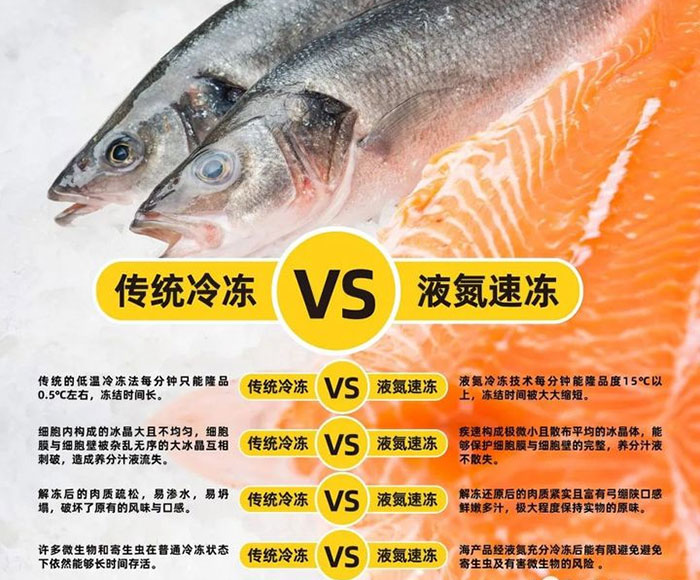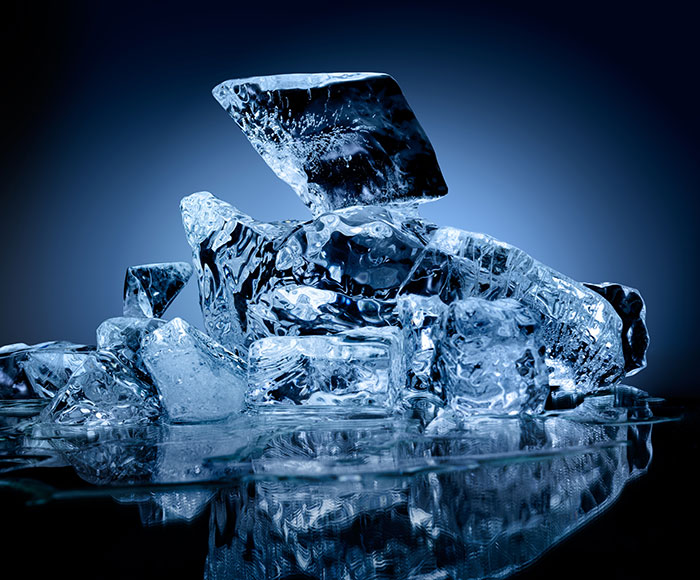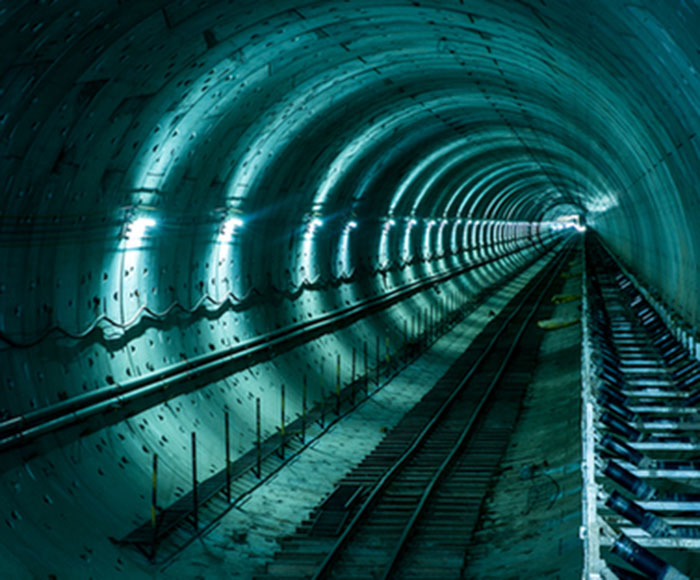
Oxygen-rich combustion refers to a high-efficiency combustion technology in the combustion process, the volume fraction of oxygen is greater than 21% oxygen content in the air as a combustion gas, when the combustion gas directly uses more than 99% of industrial pure oxygen, also known as pure oxygen combustion. Oxygen-enriched combustion technology can increase the combustion flame temperature, reduce the amount of primary air extraction, and save fuel consumption and reduce exhaust emissions.
Oxygen-rich combustion refers to a high-efficiency combustion technology in the combustion process, the volume fraction of oxygen is greater than 21% oxygen content in the air as a combustion gas, when the combustion gas directly uses more than 99% of industrial pure oxygen, also known as pure oxygen combustion. Oxygen-enriched combustion technology can increase the combustion flame temperature, reduce the amount of primary air extraction, and save fuel consumption and reduce exhaust emissions
At present, oxygen-rich combustion technology is widely used in steel and non-ferrous metal smelting, heat treatment, glass melting, waste power generation and other industrial fields. Especially in non-ferrous metal smelting, steel heat treatment and glass kilns, has gradually begun to use pure oxygen instead of oxygen rich or air, so that the energy-saving effect of the kiln can reach 40-60%, exhaust emissions are reduced by 70%, and a large number of harmful gas emissions such as NOX. Therefore, in the current market competition is fierce and the voice of energy conservation and environmental protection is rising, it has a larger industrial market prospect.
The liquid nitrogen quick-freezing technology is combined with the food line to become an automated production line, which is suitable for processing fish and shrimp, shrimp, seafood, river fresh, fresh, meat products, high-grade fruits, ingredients, out-of-season fruits, medicinal materials and other large quantities of food quick-freezing.






Soil stabilization measures should be taken for shield tunneling. Currently, common soil stabilization technologies include SMW construction method, high-pressure rotary jet pile, deep mixing pile, grouting method, freezing method, etc. Many construction methods have their advantages and disadvantages, but none of them can be guaranteed. During shield tunneling, water and sand gush or even collapse will inevitably occur due to poor soil reinforcement, and the freezing temperature of liquid nitrogen is extremely low. The freezing speed is fast and the time is short, which is very suitable for the remedial and emergency construction in such accidents. At present, liquid nitrogen freezing shield technology is widely used in urban subway construction projects. Liquid nitrogen freezing is a low temperature liquefaction method. The advantages of using liquid nitrogen freezing for shield initiation are as follows: fast freezing speed and short time from freezing to forming effective carcass; The energy supply is fast and the freezing lift is easy to form, which is especially suitable for the implementation in the fluid water-rich sand layer with confined water. The freezing lifting strength is high, and the possibility of collapse is small when the tunnel door is broken.

0755-82033422

深圳市南山区科技南路18号深圳湾科技生态园